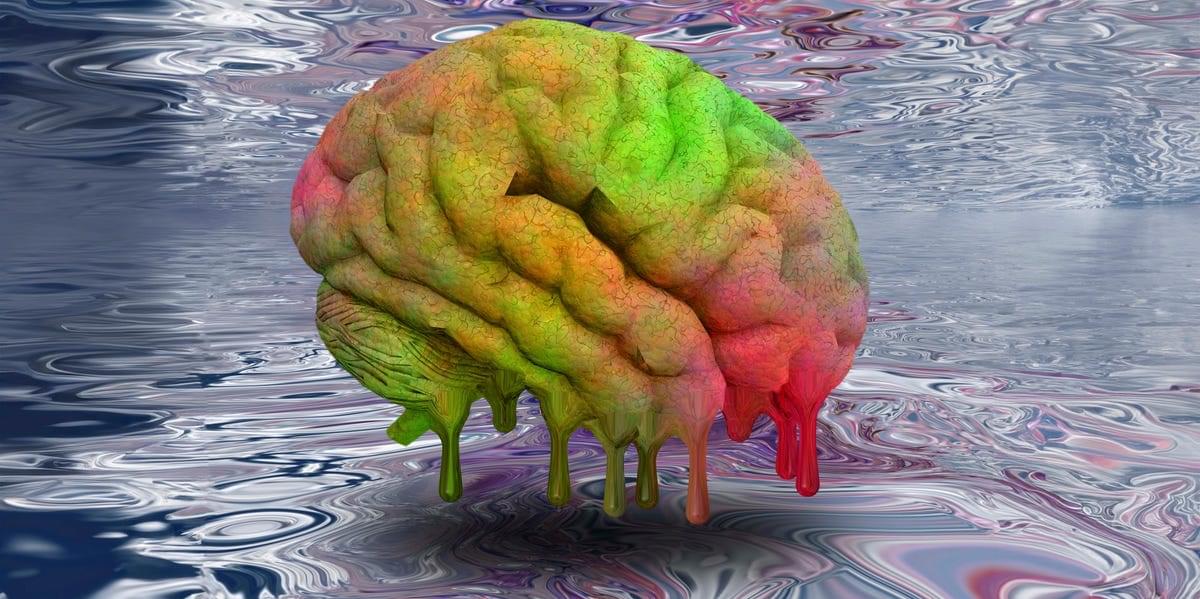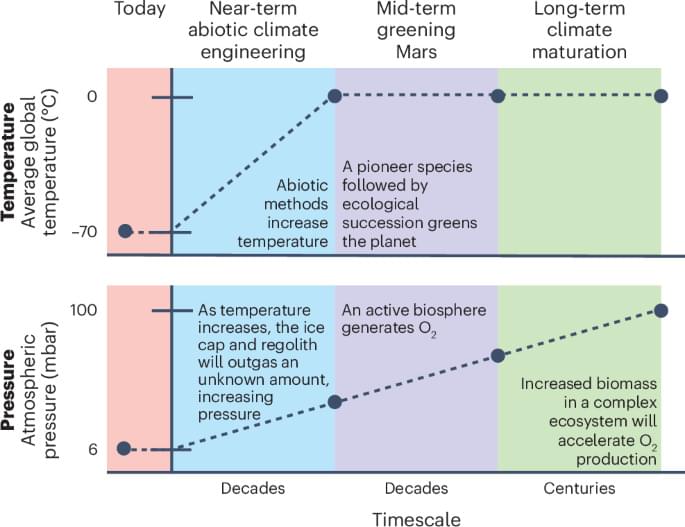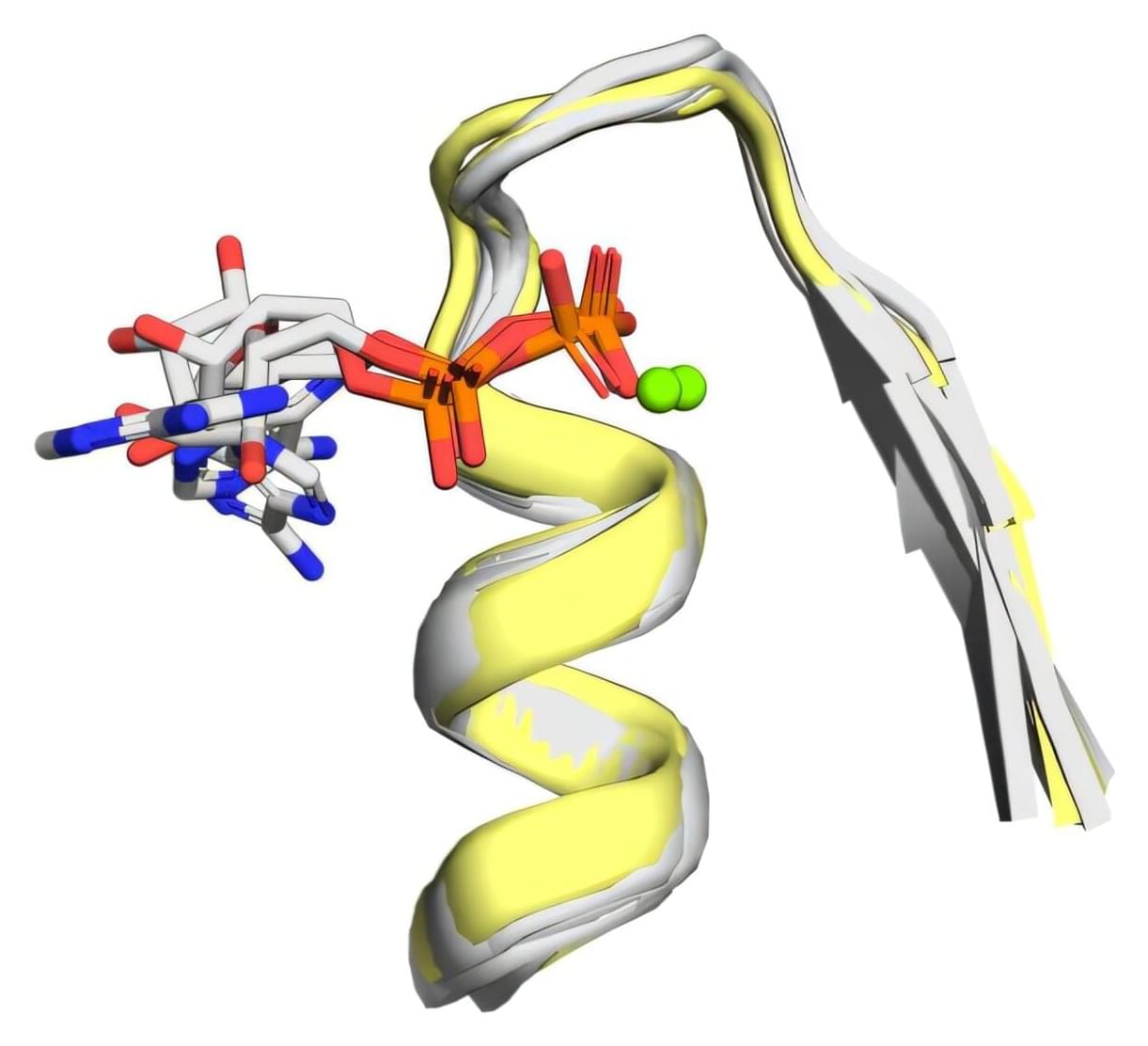Scientists want to study the way your body’s gut microbes react and interact with psychedelic substances like magic mushrooms.


Watch the full interviews with Dr. Christof Koch and Professor Michael Levin, which are discussed in this video, here:
• Bioelectric Fields: A Paradigm Shift In Bi…
• Famous Neuroscientist on 5-MeO-DMT and Int…
Hans Busstra talks to Dr. Bernardo Kastrup about the groundbreaking work of Professor Michael Levin and Dr. Christof Koch.
Levin’s research into bio-electric fields reveals that cellular networks use electrical signals not just for immediate physiological tasks, but to coordinate complex patterning and memory across tissues—suggesting a kind of distributed intelligence in living systems.
Christof Koch, meanwhile, champions Integrated Information Theory (IIT), which proposes that consciousness is an intrinsic property of certain physical systems with high levels of causal interconnectivity.
Both lines of inquiry challenge the traditional reductionist view that mind is merely an emergent byproduct of neural activity. Instead, they point to a more holistic, perhaps even fundamental, role for information and consciousness in nature. Though Levin and Koch make no explicit metaphysical claims in their work, their empirical findings and views are very much in line with analytic idealism.
This is a short summary talk by Ivan Kroupin (https://scholar.google.com/citations?user=XjxueRYAAAAJ&hl=en) and Tian Chen Zeng (https://www.researchgate.net/…

Materials with self-adaptive mechanical responses have long been sought after in material science. Using computer simulations, researchers at the Tata Institute of Fundamental Research (TIFR), Hyderabad, now show how such adaptive behavior can emerge in active glasses, which are widely used as models for biological tissues.
The findings, published in the journal Nature Physics, provide new insights—ranging from how cells might regulate their glassiness to aiding in the design of new metamaterials.
Glasses (or amorphous solids) are materials whose components lack any particular ordering. Contrast this with a crystal, where atoms are arranged in neat, repeating patterns on a well-defined lattice. While crystals are ordered and nearly perfect, amorphous materials are defined by their disorder.
This is a ~20 minute very rapid talk reviewing ideas around the scaling of intelligence in unconventional substrates.

ASILAB is excited to introduce Asinoid – the world’s first true artificial superintelligence built on the architecture of the human brain. Designed to think, learn, and evolve autonomously like a living organism.
Learn more on our website: http://asilab.com.
Asinoid isn’t just another AI. Unlike today’s pre-trained, prompt-driven models and agents, Asinoid is a self-improving and proactive mind. It learns over time. It remembers. It sets its own goals. And it gets smarter by rewiring itself from within.
An Asinoid can power a fleet of autonomous drones. Act as the brain inside your security system. It can drive your R&D, run your meetings, become the cognitive layer behind your SaaS product or even co-found a company with you.
The possibilities are endless. And we want to explore them with you.
We’re opening access to pioneering companies, researchers, and developers who want to build with us. If you’re ready to create something groundbreaking, let’s get started.

The phenomenon of biological ultraweak photon emission (UPE), that is, extremely low-intensity emission (10 − 103 photons/cm2/sec) in the spectral range of 200 − 1,000 nm, has been observed in all living systems that have been examined. Here we report experiments that exemplify the ability of novel imaging systems to detect variations in UPE for a set of physiologically important scenarios. We use EMCCD and CCD cameras to capture single visible-wavelength photons with low noise and quantum efficiencies higher than 90%. Our investigation reveals significant contrast between the UPE from live vs. dead mice. In plants we observed that an increase in temperature and injuries both caused an increase in UPE intensity. Moreover, chemical treatments modified the UPE emission characteristics of plants, particularly the application of an anesthetic (benzocaine) to injury, which showed the highest emission among the compounds tested. As a result, UPE imaging provides the possibility of non-invasive label-free imaging of vitality in animals and the responses of plants to stress.
The authors have declared no competing interest.
Crystals are not alive, yet they grow, form complex structures, and even conduct electricity. Could life emerge from crystals rather than carbon-based molecules? Explore the intriguing possibility of crystal-based lifeforms, the challenges they would face, and the conditions where they might thrive. We journey to five exotic worlds—Vulcan, Ribbon World, Longenacht, Telluride, and Tempest—each offering unique environments where crystalline life might take hold. Could such life develop naturally, or might humanity one day engineer it? Join us as we dive into the cutting-edge science and speculative possibilities of crystalline biology.
Watch my exclusive video The End of Science https://nebula.tv/videos/isaacarthur–… Nebula using my link for 40% off an annual subscription: https://go.nebula.tv/isaacarthur Get a Lifetime Membership to Nebula for only $300: https://go.nebula.tv/lifetime?ref=isa… Use the link gift.nebula.tv/isaacarthur to give a year of Nebula to a friend for just $30. Visit our Website: http://www.isaacarthur.net Join Nebula: https://go.nebula.tv/isaacarthur Support us on Patreon: / isaacarthur Support us on Subscribestar: https://www.subscribestar.com/isaac-a… Facebook Group:
/ 1,583,992,725,237,264 Reddit:
/ isaacarthur Twitter:
/ isaac_a_arthur on Twitter and RT our future content. SFIA Discord Server:
/ discord Credits: Crystal Aliens Episode 436a; March 1, 2024 Written, Produced & Narrated by: Isaac Arthur Graphics: Jeremy Jozwik, Real Courte Music Courtesy of Epidemic Sound http://epidemicsound.com/creator.
Get Nebula using my link for 40% off an annual subscription: https://go.nebula.tv/isaacarthur.
Get a Lifetime Membership to Nebula for only $300: https://go.nebula.tv/lifetime?ref=isa…
Use the link gift.nebula.tv/isaacarthur to give a year of Nebula to a friend for just $30.
Visit our Website: http://www.isaacarthur.net.
Join Nebula: https://go.nebula.tv/isaacarthur.
Support us on Patreon: / isaacarthur.
Support us on Subscribestar: https://www.subscribestar.com/isaac-a…
Facebook Group: / 1583992725237264
Reddit: / isaacarthur.
Twitter: / isaac_a_arthur on Twitter and RT our future content.
SFIA Discord Server: / discord.
Credits:
Crystal Aliens.
Episode 436a; March 1, 2024
Written, Produced & Narrated by: Isaac Arthur.
Graphics: Jeremy Jozwik, Real Courte.
Music Courtesy of Epidemic Sound http://epidemicsound.com/creator

How did life originate? Ancient proteins may hold important clues. Every organism on Earth is made up of proteins. Although all organisms—even single-celled ones—have complex protein structures now, this wasn’t always the case.
For years, evolutionary biochemists assumed that most ancient proteins emerged from a simple signature, called a motif. However, new research suggests that this motif, without the surrounding protein, isn’t as consequential as it seemed. The study is published in the journal Molecular Biology and Evolution.
The international team of researchers was led by Lynn Kamerlin, a professor in the Georgia Tech School of Chemistry and Biochemistry and Georgia Research Alliance Vasser Woolley Chair in Molecular Design, and Liam Longo, a specially appointed associate professor at the Earth-Life Science Institute at the Institute of Science Tokyo, in Japan.